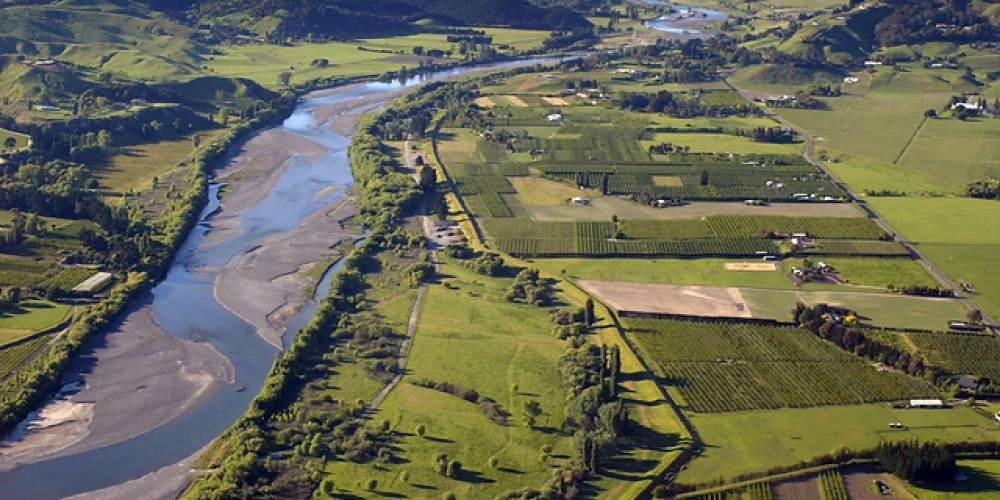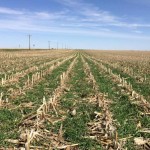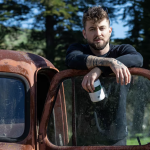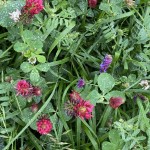TLC - A cohesive voice for the land
Added 10 months ago
By Bonnie Flaws

“Most farmers want to do water management behind the farm gate but getting them to think about it beyond the farm gate is harder,” says Richard Hilson, chair of Tukituki Land Care (TLC). “What we do is take pressure of people whose learning is not that way inclined.”
TLC is the dedicated and overarching catchment group for the Tukituki River and its sub-catchments, set up a couple of years ago as a driving force for improvements of the many sub-catchments that flow to the Tukituki.
The area the group covers is about 225,000 hectares, from the Ruahines to the sea, the south-western catchments and then North to the he Mangaonuku Stream.
“Those rivers both flow past Waipawa or Waipukurau and then it all becomes the Tukituki, and heads down past Havelock and out past Clive. The regional council has listed 17 sub-catchments in there and we’ve got a dozen signed on. The other ones don’t exists or haven’t got something set up.”
There was no continuity within the Tukituki and it had been treated as a special case under plan change 6. But Hilsonl says it’s a nationally leading catchment in terms of the rules and regulations that run around it. “We’ve had to do farm environmental plans two or three times,” he says.
The elevator pitch to MPI for funding was “a cohesive voice for the land”. They were able to secure $970,000 in funding, and Richard says they’re spending the money judiciously, aware that it’s “other people’s money”.
“We’ve done first aid courses for farmers, community events post-Gabrielle around health and wellbeing. But primarily it’s been pulling people together to get opinions and ideas, but not suck them dry of time, money and enthusiasm. There are no environmental terrorists. No-one is trying to wreck the place. Some are doing a lot of good stuff on their own and others who won’t do anything and then others are prepared to do something.”
The catchment is home to about 1000 farmers. Richard says TLC was able to put up some grants for the different sub-catchments to do something in their area. They were taken up in different ways from dealing with an overgrowth of watercress clogging a stream, to pay for riparian planting and a native nursery, or to deal with technical issues post-Cyclone Gabrielle.
This is why, Richard says, that the one-size-fits-all approach popular in Wellington doesn’t always work on the ground. The committee is composed of six people - all local farmers and business people - as well as a coordinator and a comms person.
“What we see ourselves doing is helping facilitate all those things happening, big ticket items for a lot of people in that community. But the group has actually ended up being a touchpoint where everyone can find that information out.”
Another project is working with Massey University on a demonstration of some edge-of-field technology to reduce sediment and nitrogen from leaving the farm. And while it’s too expensive for most farmers to put in place, TLC has been able to facilitate a day when they can come and learn about it.
Richard says there’s a whole lot of happening that is not happening anywhere in the rest of New Zealand.
“We’ve managed to pull a lot of the community together and give them a focus. We’ve got the wider community aware of what we’re doing and happy to contribute. The other thing is that outside that community we are becoming more visible regionally and nationally.”
The name TLC was no accident either: TLC is also tender loving care. Richard feels they have achieved the moniker and its tagline, a cohesive voice for the land. When the money runs out the group will need to operate on some kind of voluntary subscription, he says, but he also hopes they have collectively created a good case for the continued support of central government.
“Nearly all that Tukituki land is in private ownership and it all feeds into public water ways. So I think people are genuinely piecing all the complicated bits together. If we can make our waterways look better and a nice place to live that will be great.”
Join the conversation
Be the first to leave a comment.
Leave a comment
All comments are reviewed before they are published on the website. Your email address will not be published.






